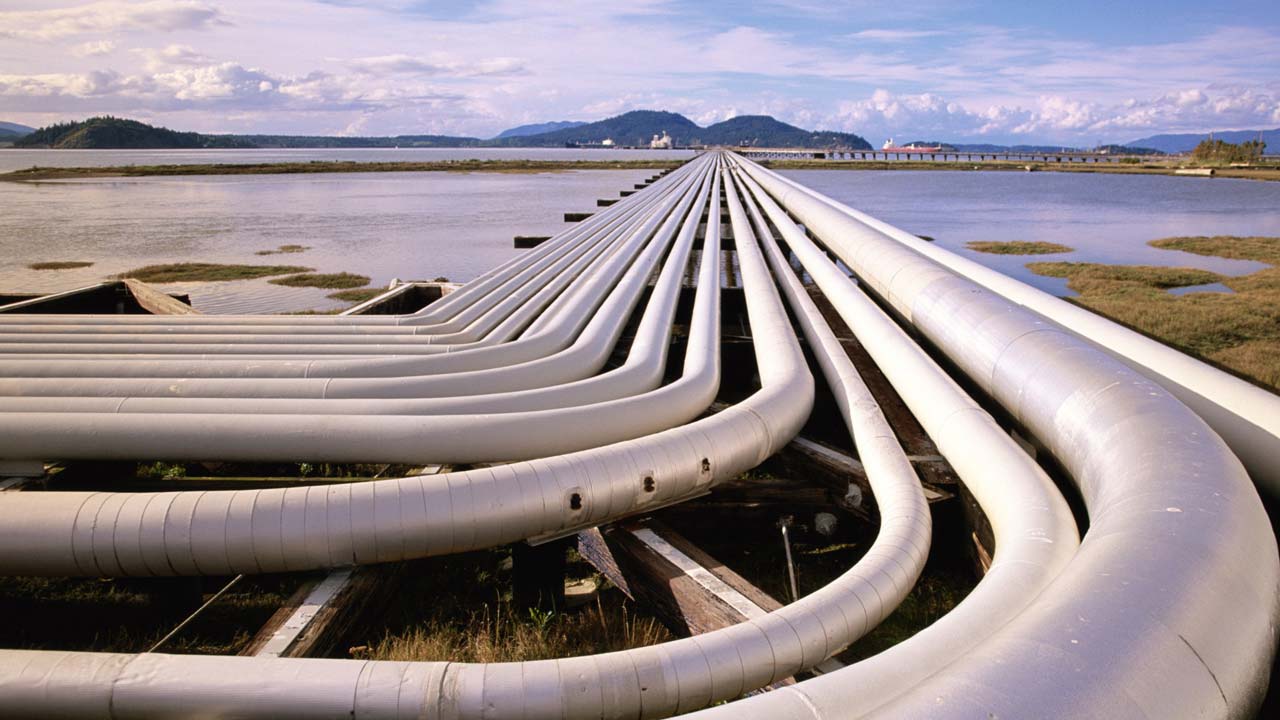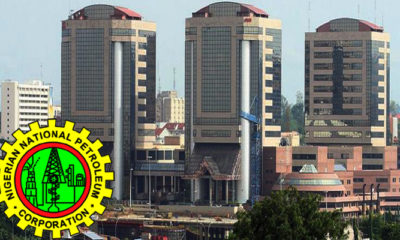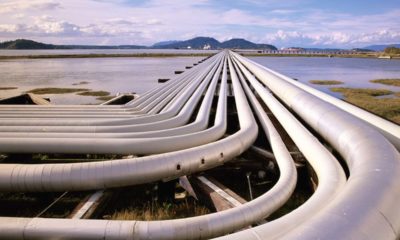- $2.8bn Pipeline Contract’ll Change Nigeria’s Energy Landscape – Presidency
The Presidency on Sunday said the nation’s energy landscape was set for a major change with the award of a $2,809,522,548.36 gas pipeline contract approved by the Federal Executive Council as proposed by the Ministry of Petroleum Resources.
The Senior Special Assistant to the President on Media and Publicity, Garba Shehu, disclosed this in a statement made available to journalists in Abuja.
Shehu quoted the Minister of State for Petroleum Resources, Dr. Ibe Kachikwu, as informing the FEC that the project was for the construction of a 40-inch pipeline across 614 kilometres from Ajaokuta to Abuja, Kaduna and Kano.
“This should mark an important landmark in the implementation of the first phase of the Nigerian Gas Master Plan approved in 2018,” Shehu said.
The presidential spokesman added that the second contract approved under what he called “massive, blockbuster investment” was for the engineering, verification, procurement and construction of a 40-inch 30 kilometres Odidi to Warri gas pipeline expansion project.
This, he explained, was meant to transport additional gas from upstream producers to various demand points at the costs of N7.7bn and $56m.
He added, “The projects, which can rightly be termed as being among the President’s pet projects, is owed, in part, to his vision and momentum back in his days as the Federal Commissioner for Petroleum Resources.
“That time, Colonel Buhari led think tanks to plan the country’s gas future and initiated the contracts for the laying of a massive network of petroleum pipelines, linking the length and breadth of the country, and laid the foundation for the construction of three refineries, Warri, the second Port Harcourt refinery and the one in Kaduna, in a bold move to augment the supply and distribution of petroleum products in the country.
“That was the golden period of the country’s petroleum industry when domestic refining not only met the requirements of home consumption, but also produced excess 150,000 barrels of refined products for export.
“The bold step taken by the President on Wednesday seeks the integration of the eastern and northern parts of Nigeria, which had suffered past neglect, into the gas economy.”
Shehu added, “Gas pipeline infrastructure had been concentrated in the coastal areas and the North and the East had been left largely untouched by the industrial revolution that has come with the gas pipeline network.
“It is, therefore, not surprising that the western part of the country is having more economic activity.”
Shehu said the ruling All Progressives Congress, which campaigned on the issue of inclusive growth, was of the view that the achievement of a balanced and equitable national development could only come with a balanced growth of the states and the regions.
The party manifesto, he added, had identified the development of natural gas transportation infrastructure as a key project in that regard.
He stated, “These contracts for pipelines and LNG terminals to be set up at various points will, therefore, expand opportunities for balanced national development to counter the backwardness and geographical disadvantages of the North and the East.
“In line with the country’s rapid growth in energy demand, the connection of the South and the North should serve as a boost to the nation’s energy security.
“The increased energy transportation networks will be a shot in the arm for the struggling manufacturing industry, which suffers from the acute crisis in the energy sector. It will cater to the needs of cement and fertiliser plants; power plants, transportation systems; and even household consumers, thereby increasing gas share in the country’s energy consumption mix.”


 Forex2 weeks ago
Forex2 weeks ago


 Naira1 week ago
Naira1 week ago
 Naira4 weeks ago
Naira4 weeks ago
 Company News4 weeks ago
Company News4 weeks ago




 Naira1 week ago
Naira1 week ago
 Billionaire Watch1 week ago
Billionaire Watch1 week ago




 Naira3 weeks ago
Naira3 weeks ago




 Naira1 week ago
Naira1 week ago



















